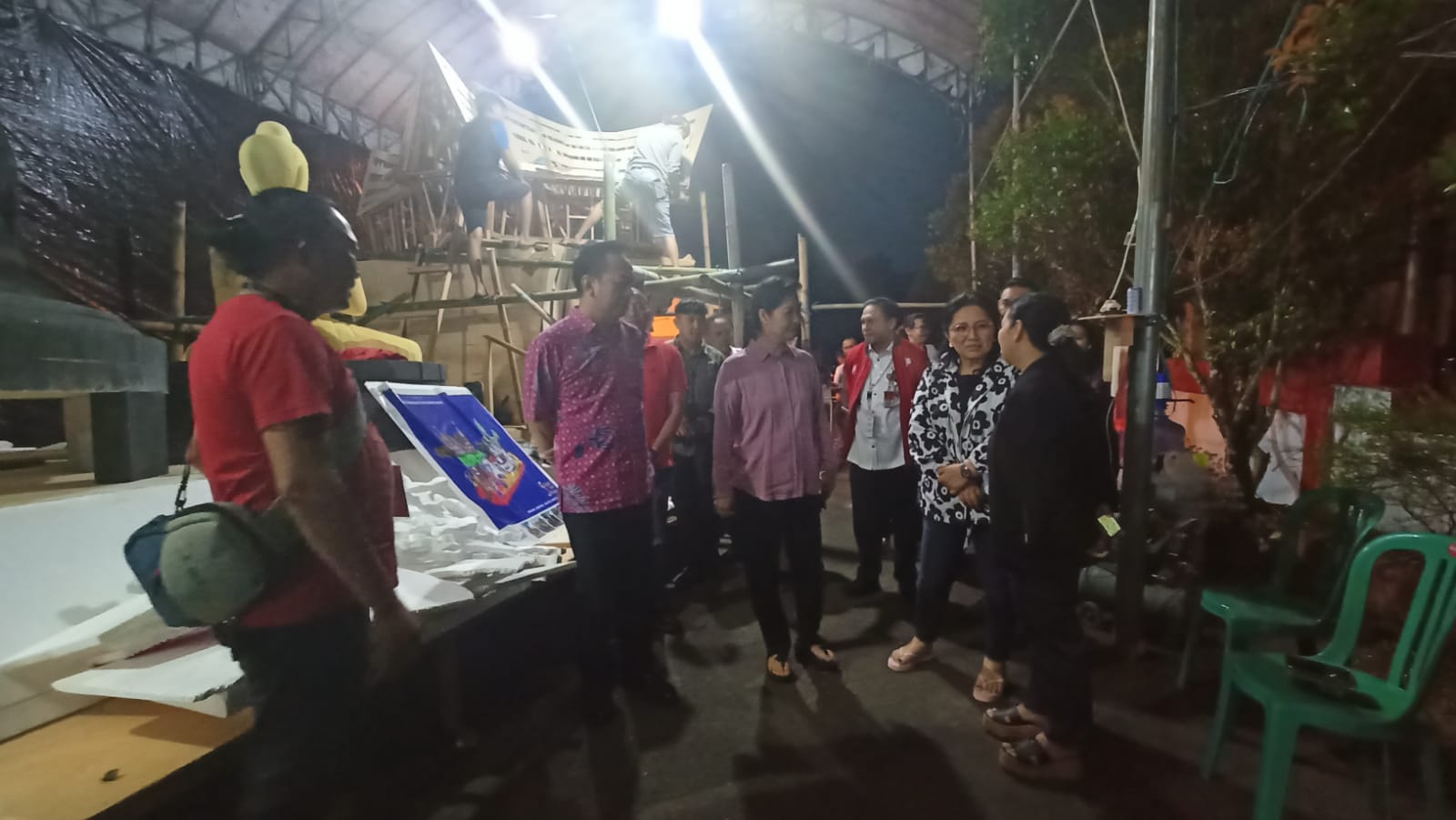Building on the foundational understanding of how visual design influences community calmness and focus, as discussed in How Colors and Textures Influence Calm and Focus in Communities, it becomes essential to explore the broader spectrum of natural elements. These elements extend beyond mere aesthetics to profoundly impact holistic community health, encompassing psychological, social, and environmental dimensions. Incorporating natural features into community spaces offers a multidimensional approach to fostering well-being, integrating seamlessly with visual cues like colors and textures to create environments that support mental clarity, social cohesion, and sustainable development.
1. Introduction: Connecting Natural Elements to Community Well-Being
Natural elements in community design encompass a wide range of features, including greenery, water bodies, natural light, soil, and biological diversity. Unlike visual textures and colors, these elements engage multiple senses and influence the environment at an ecological and experiential level. Their integration goes beyond decorative purposes, serving as vital components that nurture physical health, mental resilience, and social harmony.
Research indicates that exposure to natural elements can significantly reduce stress levels, enhance cognitive function, and improve overall quality of life. This holistic perspective emphasizes the importance of embedding natural features thoughtfully into urban and rural community spaces, fostering environments that support well-being through environmental, psychological, and social pathways.
Transitioning from visual aesthetics to environmental influences reveals how natural elements shape community health on multiple levels, creating spaces that are not only visually appealing but also beneficial for emotional and physical vitality.
2. The Psychological Impact of Natural Environments in Community Spaces
Numerous studies demonstrate that natural environments contribute to psychological well-being by reducing stress and promoting relaxation. For example, a study published in the Journal of Environmental Psychology found that individuals who spent time in green spaces experienced lower cortisol levels, indicating reduced stress. Natural features such as trees, grass, and water bodies serve as natural buffers against urban noise and pollution, creating tranquil zones that facilitate mental decompression.
Biophilic design, which emphasizes the innate human affinity for nature, plays a crucial role in fostering mental clarity and emotional stability. Incorporating natural elements like living walls, water features, and organic materials in public spaces activates the brain’s natural restorative processes, enhancing focus and emotional resilience. As evidence suggests, community environments rich in natural features can decrease symptoms of anxiety and depression, leading to healthier, more balanced populations.
For instance, a community park with native plants and auditory natural stimuli (such as bird songs or flowing water) has been shown to improve mood and social interactions, illustrating the profound impact of multisensory natural environments on community mental health.
3. Natural Elements as Catalysts for Social Cohesion and Community Identity
Natural features serve as focal points for social interaction, encouraging community members to gather, collaborate, and build relationships. Parks, community gardens, and natural playgrounds foster informal social exchanges that strengthen bonds and promote inclusivity. Shared natural spaces become symbols of community identity, fostering pride and a collective sense of belonging.
For example, the community-led restoration of the Cheonggyecheon Stream in Seoul transformed an urban waterway into a vibrant social hub, reinforcing local identity and civic engagement. Similarly, ecological corridors and greenways connect neighborhoods, facilitating social cohesion through shared use and stewardship of natural resources.
These natural elements act as social glue, reinforcing community ties and fostering resilience through collective care and shared experiences.
4. Designing Natural Elements to Promote Physical Activity and Engagement
Integrating natural landscapes into community planning encourages outdoor movement by providing inviting spaces for walking, cycling, and recreational sports. Elements such as meandering pathways, hillside terrains, and open fields motivate residents to engage in physical activity, which is vital for health and longevity.
Natural features also support mindfulness and outdoor recreation by creating environments conducive to relaxation, meditation, and social play. For instance, sensory gardens incorporating aromatic plants and textured surfaces invite tactile and olfactory engagement, fostering a deeper connection between community members and their environment.
Effective design balances aesthetics with functionality, ensuring natural spaces are accessible, safe, and adaptable for diverse user groups. Incorporating features like shaded seating, accessible trails, and diverse plantings enhances usability and encourages consistent outdoor activity.
Research shows that communities with well-designed natural spaces see higher rates of outdoor activity, improved mental health, and greater social participation.
5. Environmental Sustainability and Community Well-Being
Sustainable natural elements, such as native plantings, rain gardens, and green roofs, provide ecological benefits like improved air quality, stormwater management, and habitat preservation. These features contribute to resilient communities by reducing environmental stressors and fostering ecological literacy among residents.
Green infrastructure, including permeable pavements and urban forests, supports long-term community wellness by mitigating urban heat islands and enhancing biodiversity. Such strategies bolster community resilience, especially in the face of climate change, by creating adaptable and sustainable environments.
Incorporating sustainable natural features into urban planning requires collaborative efforts among planners, ecologists, and community members. Examples include integrating bioswales within streetscapes or establishing community-managed conservation areas, which foster stewardship and collective responsibility for environmental health.
6. The Sensory Experience of Natural Elements and Its Effect on Community Dynamics
Multisensory natural features—such as the sound of flowing water, the scent of blooming flowers, and visual diversity—play a crucial role in enhancing calm and focus within community spaces. These sensory stimuli activate neural pathways associated with relaxation and emotional regulation, promoting social harmony.
Designing spaces to maximize sensory engagement involves careful selection of plant species, soundscapes, and tactile elements. For example, incorporating aromatic herbs, textured paving, and water features can create immersive environments that support mental clarity and social interaction.
The impact on community dynamics is profound—spaces that stimulate the senses encourage mindfulness, reduce aggression, and facilitate positive social exchanges. As community psychologist Dr. Jane Smith notes, “Sensory-rich natural environments foster emotional regulation and social cohesion, essential components of community well-being.”
7. Challenges and Considerations in Integrating Natural Elements
While natural elements offer numerous benefits, their integration faces practical challenges. Maintenance is critical; natural features require ongoing care to prevent overgrowth, erosion, or safety hazards. Accessibility must also be prioritized, ensuring spaces are inclusive for all community members.
Cultural and ecological sensitivities should guide design choices. For example, native plantings respect local biodiversity, while culturally significant landscapes honor community heritage. Balancing natural aesthetics with community needs involves careful planning, stakeholder engagement, and adaptive management.
8. From Visual to Holistic Environmental Design: Elevating Community Spaces with Natural Elements
Synthesizing visual, sensory, and environmental aspects creates truly holistic community environments that promote overall well-being. Integrating colors and textures with natural features enhances the calming and focusing effects, producing spaces that are both beautiful and functional.
Practical guidelines for planners include prioritizing native plantings, designing for seasonal changes, and incorporating multisensory elements. Future trends point toward smart natural infrastructure, biophilic urbanism, and community-led ecological stewardship—approaches that embed sustainability and well-being at their core.
9. Bridging Back to Visual Design: How Natural Elements Complement Colors and Textures
Natural elements and visual design are deeply interconnected. When colors and textures are thoughtfully combined with natural features, their synergistic effect enhances calmness and focus. For instance, earthy tones and rough textures harmonize with organic landscapes, amplifying their soothing qualities.
Design strategies might include pairing soft, muted color palettes with natural materials like wood and stone, or integrating water features with reflective surfaces to promote tranquility. This holistic approach ensures community spaces foster emotional regulation, social interaction, and environmental sustainability.
Creating environments where natural elements and visual cues work in harmony offers the most effective path to sustainable community well-being.
In conclusion, integrating natural elements into community design complements visual strategies, resulting in environments that nourish the mind, body, and social fabric—embodying a truly holistic approach to community health and resilience.


